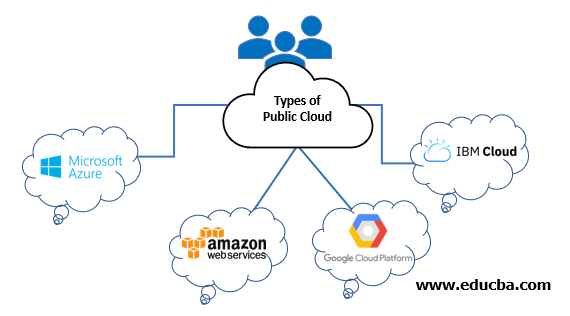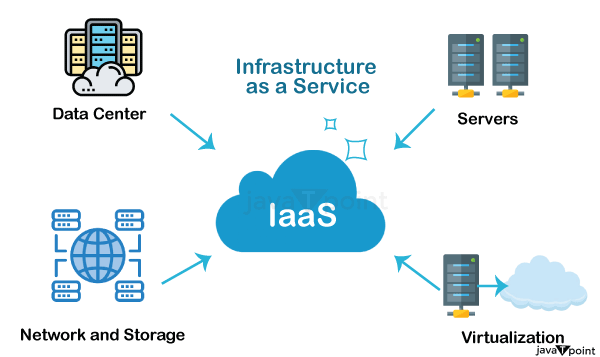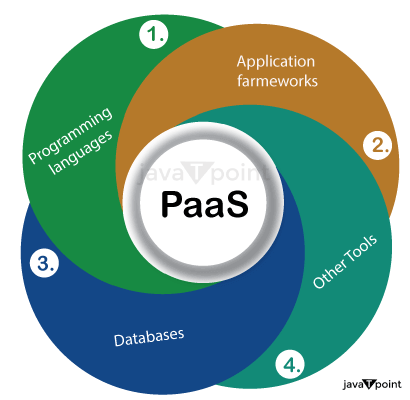CLOUD COMPUTING
INTO THE WORLD OF "CLOUD COMPUTER & COMPUTING"
SERIES NAME: - "LEVEL UP" BY = CHITEKI KUN!-(N.S.R)
POD-1.............
What is a CLOUD ?
"The cloud" refers to servers that are accessed over the Internet, and the software and databases that run on those servers. Cloud servers are located in data centers all over the world.
Types of CLOUDS :-
The differences between public clouds, private clouds, hybrid clouds, and multiclouds were once easily defined by location and ownership. But it’s just not that simple anymore. So while we compare the differences below, there are plenty of provisions.
1.Public clouds :-
Public clouds are cloud environments typically created from IT infrastructure not owned by the end user. Some of the largest public cloud providers include Alibaba Cloud, Amazon Web Services (AWS), Google Cloud, IBM Cloud, and Microsoft Azure.
Traditional public clouds always ran off-premises, but today's public cloud providers have started offering cloud services on clients’ on-premise data centers. This has made location and ownership distinctions obsolete.
2.Private clouds :-
Private clouds are loosely defined as cloud environments solely dedicated to a single end user or group, where the environment usually runs behind that user or group's firewall. All clouds become private clouds when the underlying IT infrastructure is dedicated to a single customer with completely isolated access.
But private clouds no longer have to be sourced from . IT infrastructure. Organizations are now building private clouds on rented, vendor-owned data centers located off-premises, which makes any location and ownership rules obsolete. This has also led to a number of private cloud subtypes.
DIFFERENCES B/W PUBLIC AND PRIVATE CLOUD
3.Dedicated clouds :-
A cloud within another cloud. You can have a dedicated cloud on a public cloud . For example, an accounting department could have its own dedicated cloud within the organization's private cloud.
4.Hybrid clouds:-
A hybrid cloud is a seemingly single IT environment created from multiple environments connected through local area networks (LANs), wide area networks (WANs), virtual private networks (VPNs), and/or APIs.
The characteristics of hybrid clouds are complex and the requirements can differ, depending on whom you ask. For example, a hybrid cloud may need to include:
At least 1 private cloud and at least 1 public cloud.
2 or more PUBLIC & PRIVATE clouds.
5.Multiclouds:-
Multiclouds are a cloud approach made up of more than 1 cloud service, from more than 1 cloud vendor—public or private. All hybrid clouds are multiclouds, but not all multiclouds are hybrid clouds. Multiclouds become hybrid clouds when multiple clouds are connected by some form of integration or orchestration.
POD-3.............
NOW WE WILLSEE SOME OF CLOUD SERVICES THAT WE GET IN WORLD AROUND US
TYPES OF CLOUD SERVICES
Cloud services are infrastructure, platforms, or software that are hosted by third-party providers and made available to users through the internet. There are 3 main types of as-a-Service solutions: IaaS, PaaS, and SaaS. Each facilitates the flow of user data from front-end clients through the internet, to the cloud service provider’s systems, and back—but vary by what’s provided.
1.IaaS :-
IaaS vs PaaS vs SaaSIaaS means a cloud service provider manages the infrastructure for you—the actual servers, network, virtualization, and data storage—through an internet connection. The user has access through an API or dashboard, and essentially rents the infrastructure. The user manages things like the operating system, apps & while the provider takes care of any hardware, networking, hard drives, data storage, and servers; and has the responsibility of taking care of outages, repairs, and hardware issues. This is the typical deployment model of cloud storage providers.
2.PaaS :-
IaaS vs PaaS vs SaaSPaaS means the hardware and an application-software platform are provided and managed by an outside cloud service provider, but the user handles the apps running on top of the platform and the data the app relies on. Primarily for developers and programmers, PaaS gives users a shared cloud platform for application development and management (an important DevOps compo) without having to build and maintain the infrastructure usually associated with the process.
3.SaaS:-
SaaS architectures are a service that delivers a software application—which the cloud service provider manages—to its users. Typically, SaaS apps are web applications or mobile apps that users can access via a web browser. Software updates, bug fixes, and other general software maintenance are taken care of for the user, and they connect to the cloud applications via a API. SaaS also eliminates the need to have an app installed locally on each individual user’s computer, allowing greater methods of group or team access to the software.
FOR UR VALUABLE TIME!











It is amazing and wonderful to visit your site.Thanks for sharing this information
ReplyDeleteMulesoft Online Training
Mulesoft Online Training in Hyderabad